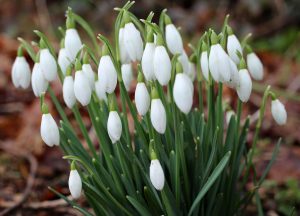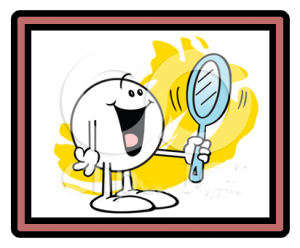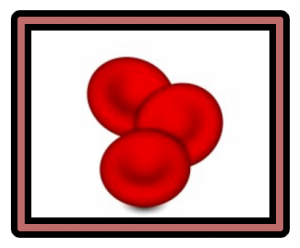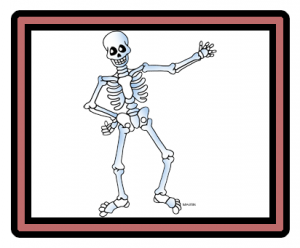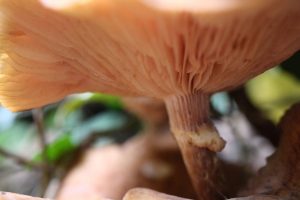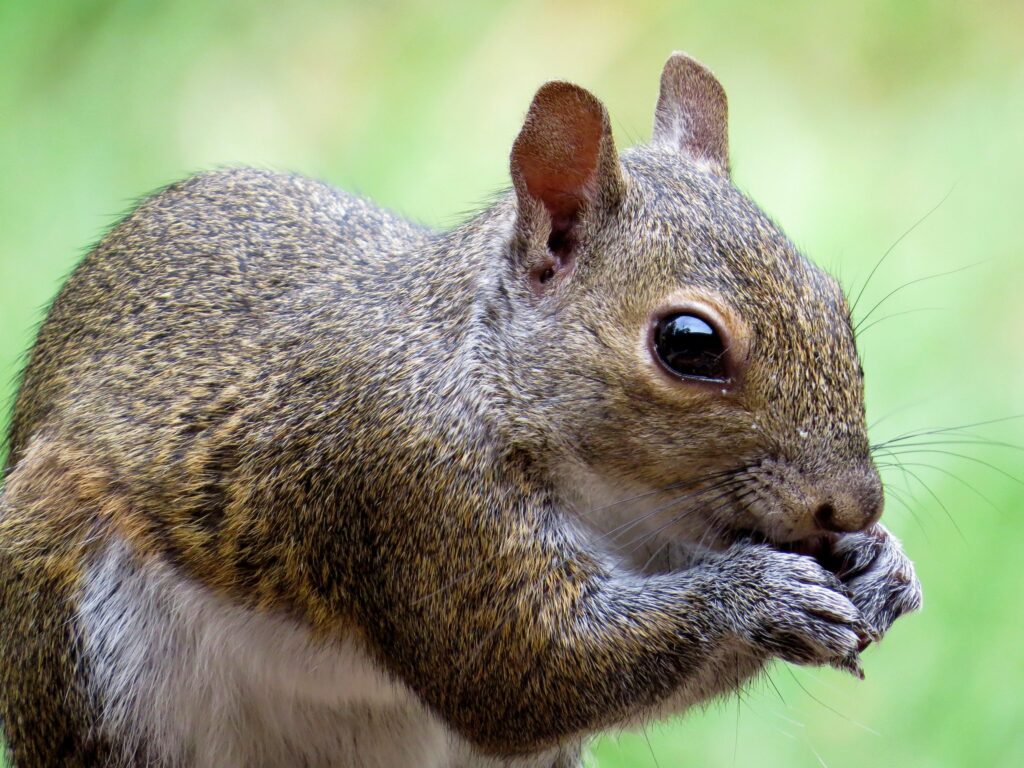 It is late February, the cold weather has moved away and the frogs have moved back in. It’s been a couple of years since they were last here, but here are their newly-laid eggs and the female is hiding beneath the leaf in the top left corner of the photograph. What is a frog and how is it having adventures in Nowhere Wood?
It is late February, the cold weather has moved away and the frogs have moved back in. It’s been a couple of years since they were last here, but here are their newly-laid eggs and the female is hiding beneath the leaf in the top left corner of the photograph. What is a frog and how is it having adventures in Nowhere Wood?
 Frogs are amphibians, animals with backbones that live for most of the year on land, but which have to return to water to breed. A female with eggs is popular with males, which compete with each other to get close to her.
Frogs are amphibians, animals with backbones that live for most of the year on land, but which have to return to water to breed. A female with eggs is popular with males, which compete with each other to get close to her.
When she releases here eggs into the water, the males release their sperm onto the eggs. Fertilisation takes place in the water. The female lays about 2 000 eggs and many of them die. The brown eggs in the top photograph are probably a clutch of eggs that have died.

Inside the egg, the embryo is growing into a juvenile tadpole, feeding on the jelly that surrounds it. It will grow a tail and gills and become a free swimming tadpole. Soon, the tadpole will break free and have to make its way as an independent animal, all of the while developing into the adult frog.
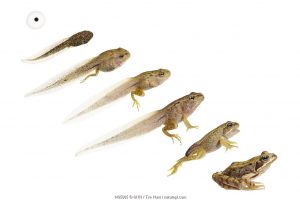 There are dangers in the water: tadpoles become carnivores and will eat each other and there are other predators, too. There is also a real chance that the water in the pond will disappear if we have a prolonged dry spell.
There are dangers in the water: tadpoles become carnivores and will eat each other and there are other predators, too. There is also a real chance that the water in the pond will disappear if we have a prolonged dry spell.
The frogs in Nowhere Wood are having adventures, moving forward into an unknown future, with no certainty of success. Most of these eggs will be eaten and will become food for other organisms; one or two might survive. Most years, frogs return to the water to breed, as frogs everywhere have done for the last 265 million years.
1. The survival of the frogs is not just due to chance. There is competition between male frogs to get close to the females eggs. How does this help to increase the success of the mating?
2. There is also competition between tadpoles for food. How does this help ensure that some frogs will survive to become adults that can reproduce for themselves?
3. What, do you think, is a frog?
Frog news update:
 One week on, and the spawn has floated to the edge of the pond and the adds are swollen because they have taken up water. They still look healthy. Fingers crossed for the next stage!
One week on, and the spawn has floated to the edge of the pond and the adds are swollen because they have taken up water. They still look healthy. Fingers crossed for the next stage!

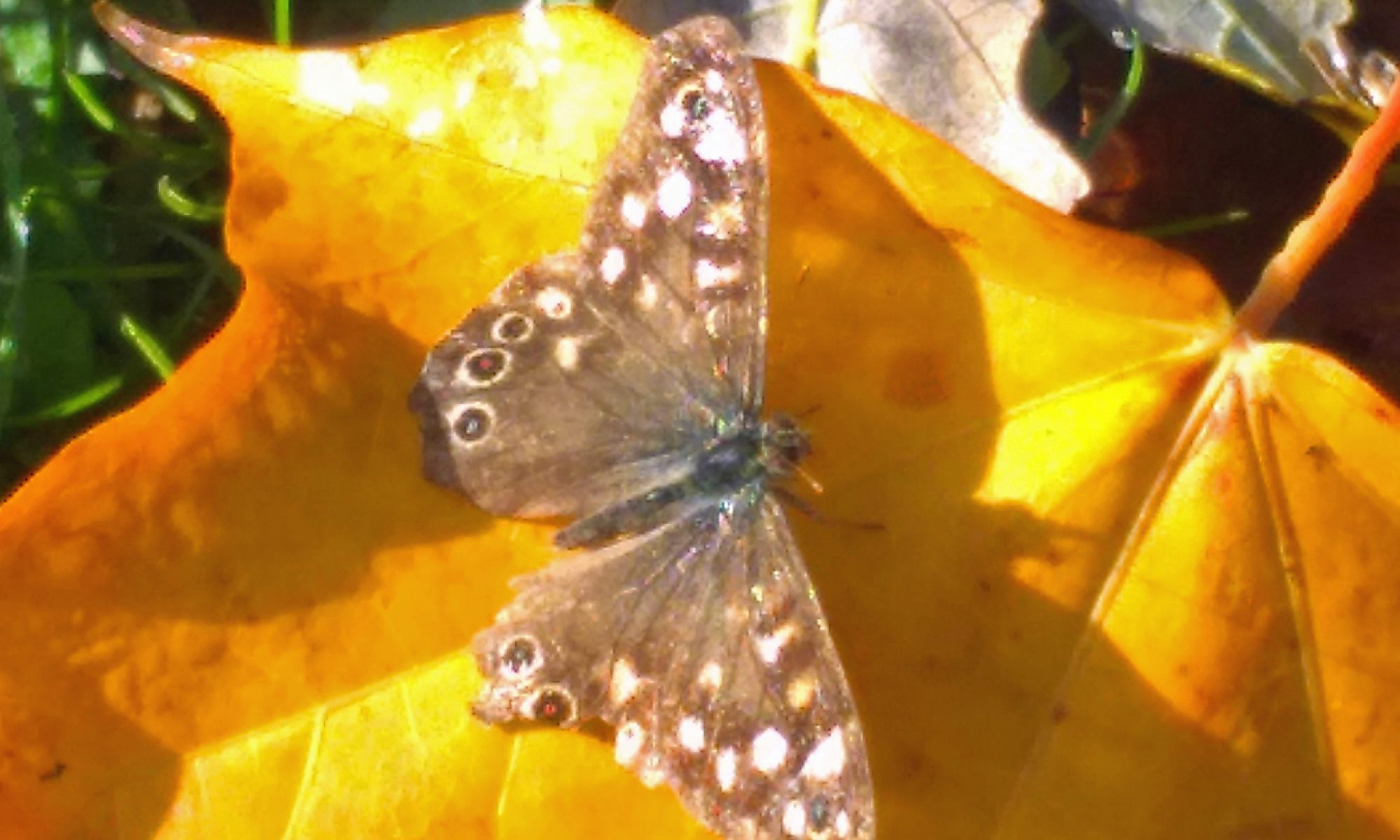

 Winter has come to Nowhere Wood and ice has formed around the fallen trees in the pond. Everything shivers and wood is silent again. Squirrels search for food in the frozen mud, but everything else is waiting, biding its time.
Winter has come to Nowhere Wood and ice has formed around the fallen trees in the pond. Everything shivers and wood is silent again. Squirrels search for food in the frozen mud, but everything else is waiting, biding its time. Silent, except for an ancient overgrown hedge formed from a row of old trees, bound together into a thicket by generations of bramble stems. These trees are singing, for this is the home of the tree sparrows. The trees are just outside the wood, next to a path much used by dogs taking their owners for a daily walk.
Silent, except for an ancient overgrown hedge formed from a row of old trees, bound together into a thicket by generations of bramble stems. These trees are singing, for this is the home of the tree sparrows. The trees are just outside the wood, next to a path much used by dogs taking their owners for a daily walk. The tree sparrows are warm, protected from the icy wind by the layers of dead branches that surround them. Impenetrable, they are hidden amongst the branches, out of harm’s way. In this forgotten place, they thrive and they sing.
The tree sparrows are warm, protected from the icy wind by the layers of dead branches that surround them. Impenetrable, they are hidden amongst the branches, out of harm’s way. In this forgotten place, they thrive and they sing.




